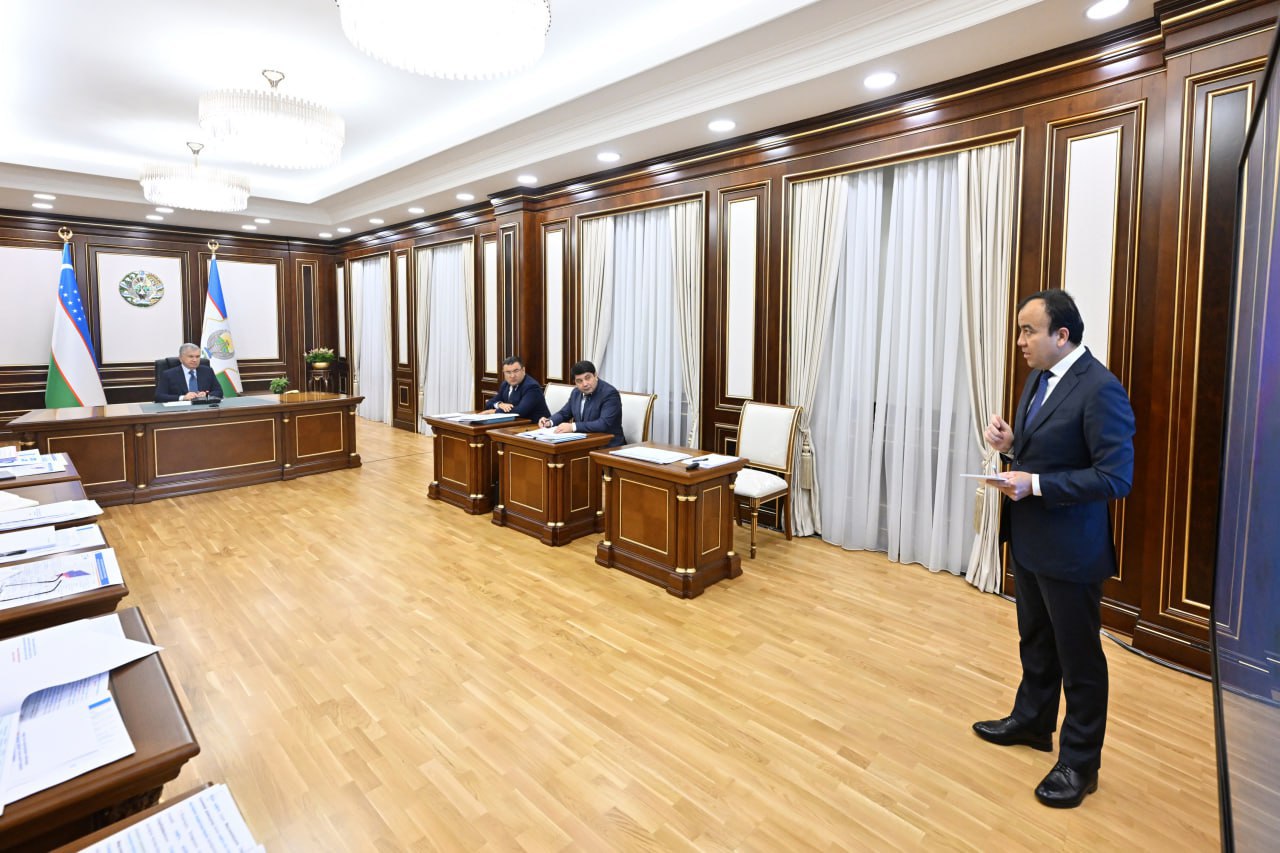On July 21, President of the Republic of Uzbekistan Shavkat Mirziyoyev reviewed a presentation on the implementation of joint projects with foreign partners in the oil and gas sector.
Given the growing domestic demand in the country, the energy sector is consistently developing. Thanks to the foreign visits of the Head of State and business forums organized within their framework, a number of promising projects are being implemented.
In particular, an agreement has been reached with the Azerbaijani company SOCAR on oil exploration and production in the fields of the Ustyurt region. Joint geological exploration of promising areas is envisaged.
Cooperation with a number of other countries is also underway in such areas as development of complex fields, digitalization of the industry, training of in-demand specialists and others.
During the presentation, the responsible persons reported on the current progress of joint projects and further plans.
The President instructed to accelerate the development of specific projects in promising areas and establish a full production cycle – from geological exploration to finished products.
It was separately emphasized that it is necessary to expand the use of modern drilling methods and increase oil and gas production by improving the efficiency of well operation in existing foreign and joint ventures.
The meeting also addressed the issues of preparation for the autumn-winter season. The responsible persons reported on the measures taken to increase energy production, pump gas into underground storages and ensure balanced supply of resources.
Thus, two combined-cycle plants with a total capacity of 1,065 megawatts are under construction at Talimarjan thermal power plant, and a new thermal power plant with a capacity of 1,573 megawatts is under construction in Syrdarya. The total design capacity of these facilities will amount to 20 billion kilowatt-hours per year.
In addition, several new hydroelectric power plants with a total capacity of 162 megawatts will be launched in Tashkent, Namangan, Kashkadarya and Surkhandarya regions by the end of this year. They will generate 648 million kilowatt-hours of electricity per year. These capacities will become an additional resource to meet the needs of the population and support the dynamically developing economy.
At the same time, repair work has begun on the relevant networks and substations, and the necessary reserves of fuel, spare parts and components are being formed to ensure stable operation of thermal power plants.
Tasks have been set to consistently modernize the infrastructure and ensure stable and uninterrupted power supply.
